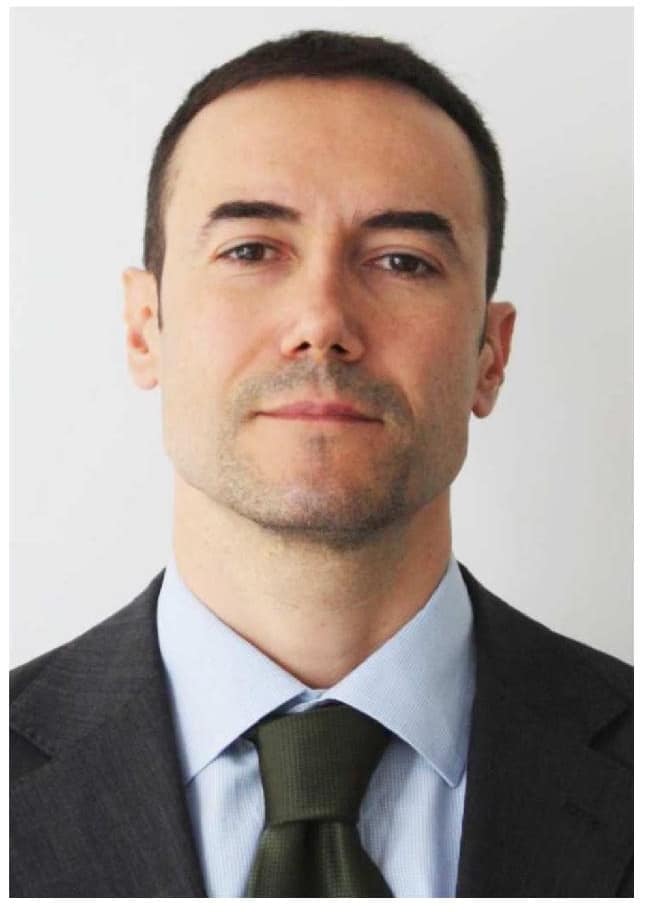Is there a need for a supranational entity to improve the performance of Rail Freight Corridors? Which functions should it assume?
In this opinion piece Emanuele Mastrodonato, Managing Director at European Rail Freight Corridor Scandinavian Mediterranean, shares his thoughts on the need for a supranational entity to boost the performance of Rail Freight Corridors (RFCs), as well as on the potential roles it could assume.
This opinion piece by Emanuele Mastrodonato, Managing Director at the European Rail Freight Corridor Scandinavian Mediterranean, originally appeared in the European Transport Regulation Observer ‘The Governance of Rail Freight Corridors‘ (January, 2021).
The European economy is facing the difficult challenge of exiting the pandemic emergency, and launching a recovery and re-start plan. One of the most important pillars to make a substantial contribution to a long-term competitiveness, sustainable growth and market development is the transport sector. The European Council, last July 2020, reached an agreement to have 30% of the next European budget (Multiannual Financial Framework plus EU Next Generation) allocated to climate action, corresponding to approximately €1.8 billion, whereby clean mobility is indicated as one of the elements with the greatest potential.
In November, the European Commission published its annual report on monitoring European climate action, reporting satisfactory results for 2020 and towards the European Green Deal goals. However, it is clear that all modes of transport need to become more sustainable, and the right incentives are needed to drive the transition. Rail transport will play a key role in this transition to a sustainable transport system, and this will start in 2021, which is declared as the European Year of Railways. As far as freight is concerned, rail traffic will have to double to make freight transport greener, and in order to achieve these objectives, concrete actions must be identified and implemented. The single market needs to be strengthened with investments to complete the trans-European transport network (TEN-T) by 2030, but also with short and medium term actions, to pave the way for an optimal management of future resources, while contributing to a better use of the current resources. The policy tools for freight transport competitiveness used in the last 10 years (e.g., Regulation 913-2020) are now under assessment and important questions on if/how they can be improved, are asked. In this framework, at the 20th Florence Rail Forum, the participants discussed, among other topics, if a supranational entity to improve the performance of RFCs is needed and which functions a network manager could assume.
Most of the RFCs became operational between 2013 and 2015, and the RFCs’ results are recognised as being positive and encouraging. However, the need for a network approach is becoming prominent among the operators, and this can be attributed to some international freight transport functions being developed, natively, across not only several countries but several Corridors. This aspect should not be seen as an RFC limit but, instead, as a clear index that what has to be done at European regional level has been partially done or set up already, and the processes and systems established by the RFCs and their stakeholders in some European regional areas, are now in a more mature stage.
The RFCs allowed the International Contingency Management process to become a reality and to be applied in several real cases. The European market trends have been studied to better meet the market needs. The cooperation among the IMs has been reinforced on several matters, improving operational conditions and intermodality. The Capacity One Stop Shop has provided with access to the infrastructure capacity in a transparent and non-discriminatory way, showing great potential in some regions (e.g., ScanMed North sold 87% of the offered capacity, +28% across the last four years) even if with an overall not fully satisfactory result in Europe. The coordination among IMs, Member States, RUs, Terminals, RBs, has been improved and some of these players are addressing the RFCs to solve specific cross-border issues, and considering the RFCs as being the ideal platform for this (e.g., TCRs Temporary Capacity Restrictions management).
The discussion at the Florence Forum was on how the development of processes and the deployment of systems can enable a network approach for capacity management (e.g., with a future TTR Timetable Redesign Project including TCRs), traffic coordination (e.g., with RNE TIS, and not only in case of international disruption), and End-to-End performance monitoring (from ramp to ramp, A to B, as done in Road Transport). Some RFCs are embarking on the exercise of a closer cooperation between their members as far as traffic, capacity, and performance are concerned. At ScanMed RFC, a feasibility check on a Joint Coordination of Traffic and Capacity was carried out in 2020 and a Pilot Project 2021 is starting on the Brenner axis. One of the aims is to generalise some new processes that can be applied in other European regions and other RFCs. It is not, of course, a viable solution to fragment these processes defining standards and procedures for each RFC. Digitalisation can facilitate this work, to ensure the quality of the data and to create the necessary interfaces with the existing standardised systems, specifications and registers (ERTMS level 3, RINF, TAF TSI and Rail Facility Portal). Today the vision of a future Eurocontrol for railways could show how the European network level (with the coordination of some functions) could work in parallel with the National level (where, among others, the safety aspects are managed). At this stage, therefore, starting a discussion on a concept of a future Eurocontrol for Railways is something more ‘natural’, and even this, can be seen as a RFCs’ result.






